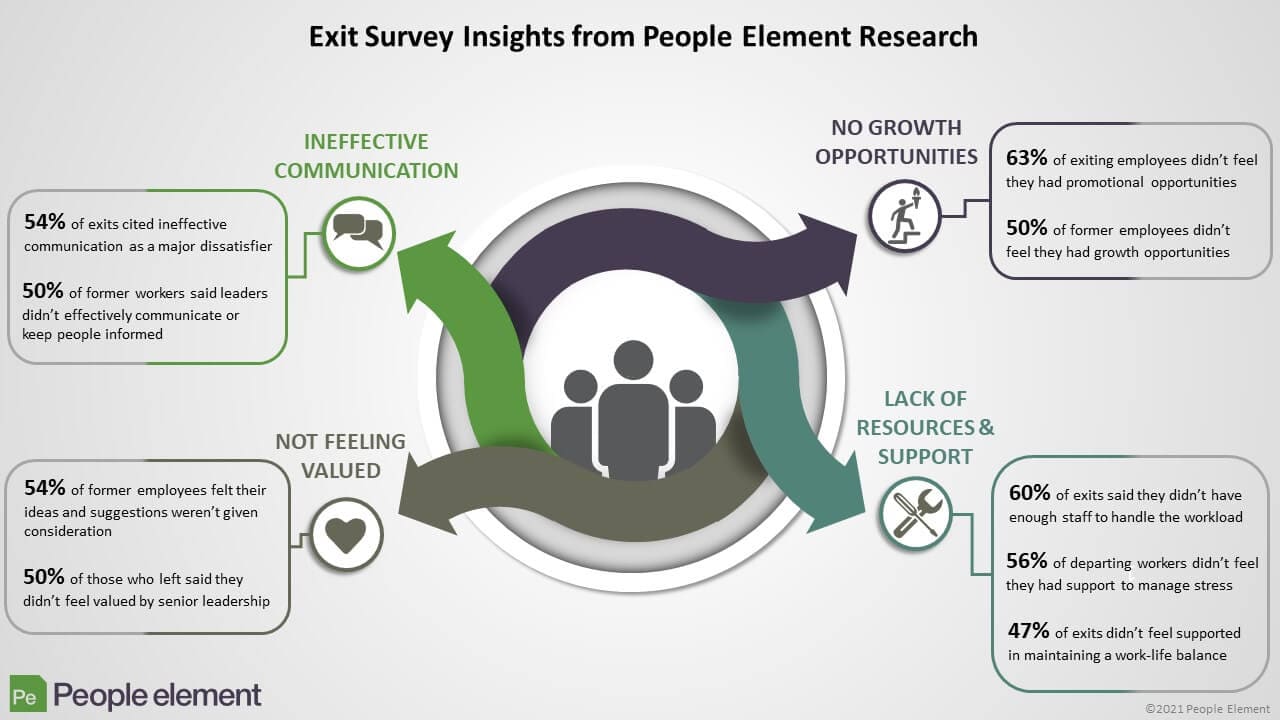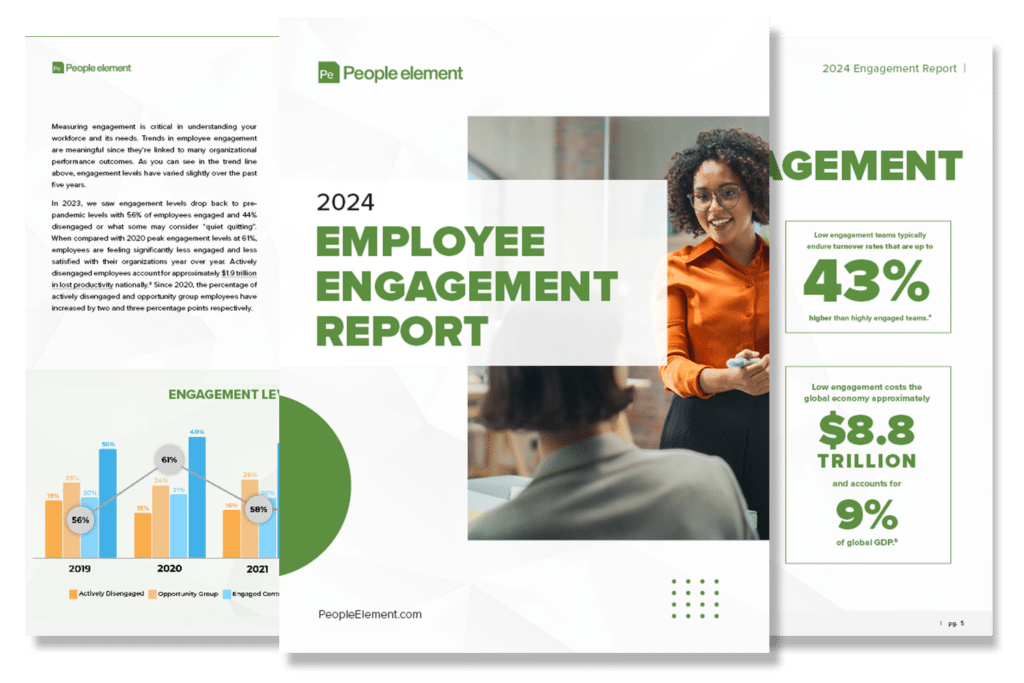Too many companies attempt to save an employee after they have already made the decision to leave. At that point it is too late! They reached the decision point well in advance of handing in their notice.
While you may not save this particular employee, you do have an opportunity to save others. How? Listen to this employee’s feedback, and others who have left, to learn what triggered them to leave. Lean into your exit data insights to fully understand their concerns and find ways to retain your employees longer.
How are you leveraging feedback from your exiting employees? Do you use exit feedback, or are you like many companies that use Exit Surveys to just “check the box”? What is the data telling you about the “why” behind employee departures? Is there a consistent theme or story former employees are telling that you might be missing?
Quit Rates in the US
The U.S. Bureau of Labor Statistics announced that 4.6 million Americans, roughly 3% of the workforce, quit their jobs in July of 2022, a record breaking month. Quit rates remain high, hovering at about 2.6% with about 4.1 million Americans quitting their jobs in both June and July 2023.
You Are Not Alone
The good news/bad news is that you are not alone if you haven’t yet collected or used exit feedback as a part of your employee experience journey. Many companies are not fully leveraging the data and insights they have at their fingertips to help them better understand their employees and to make a real impact on engagement, wellbeing, productivity and retention.
The other good news is that it is quite simple to start leveraging the data you have. You can make a difference starting today by asking your departing employees about the factors impacting their decision to leave.
The “Great Dissatisfiers” Are Driving “The Great Resignation”
What are your employees’ “Great Dissatisfiers” that may trigger them to leave even faster in these unprecedented times? If your employees are like the employees represented in our benchmark data, their dissatisfiers are real and are heavily influencing their decision to seek employment opportunities elsewhere.
Why Employees are Quitting
We were curious and did some digging into the data. Based upon the anonymized data of 163 companies who conducted Exit Surveys in 2021 using the People Element Platform, here are some common themes and insights uncovered.
Theme 1: I didn’t feel like I had an opportunity to grow
- Over 63% of departing employees surveyed indicated they did not believe they had an opportunity to be promoted.
- Only 50% of exiting employees felt they had an opportunity to grow professionally.
Theme 2: I didn’t have the resources and support I needed
- Nearly 60% of respondents said they didn’t have sufficient staff to handle workload demands.
- 56% of departing employees didn’t feel they had support to help manage their stress.
- 47% of exits didn’t feel supported in maintaining a work-life balance.
Theme 3: I didn’t feel my company valued me
- 54% of departing employees didn’t feel their ideas and suggestions were given consideration.
- Over 50% of exits indicated that senior leadership didn’t value them.
Theme 4: Communication was ineffective
- Over 54% of departing employees cited ineffective communications within the organization as a major dissatisfier.
- On average, only 50% of employees indicated their leaders communicated effectively and kept people informed.
How to Get Ahead of Quitting
It is not too late. Here are 4 steps you can take RIGHT NOW to understand your employees like never before by leveraging the data you already have at your fingertips.
1. Listen to your employees
First of all, if you’re not asking your departing employees for their feedback, it’s not too late. Leverage confidential exit surveys to easily gather feedback from those who provide a unique perspective to the employee experience. You can link exit data to current employee feedback to help identify key trends and issues across the employee lifecycle.
2. Seek to understand
Be open to what the data is telling you and be aware of potential biases. Look out for moments to explain the data away like “that was an isolated incident” or “that employee was disgruntled”. Many times, the truth is staring us in the face, and we just need to be open to the message.
3. Respond to issues
You don’t need a corporate-wide initiative to make an impact. You can start making small improvements today by giving leaders and managers the tools they need to address employees’ needs and concerns. Responding to feedback shows employees you value them.
4. Keep listening, learning, and responding
You ask, you listen, you respond, and you connect with people to open the lines of communication. What your employees are experiencing today may very well change in six months or less. Be intentional about your listening strategy so you can adjust and evolve with your people in real time.
Your Employees Are Worth The Work
What we just outlined takes work. It will take time; it will take effort; and it might even take dollars. But that investment, when done correctly, is worth it. Your employees are worth it, and your business will be better for it.
We pride ourselves in being the pros of exit interviews. We have over 30 years of experience, and options like an internal group of interviewers who will call your exiting employees and conduct the interviews over the phone. If you are interested in learning more about implementing third-party exit interviews or surveys, contact us today to get started.






